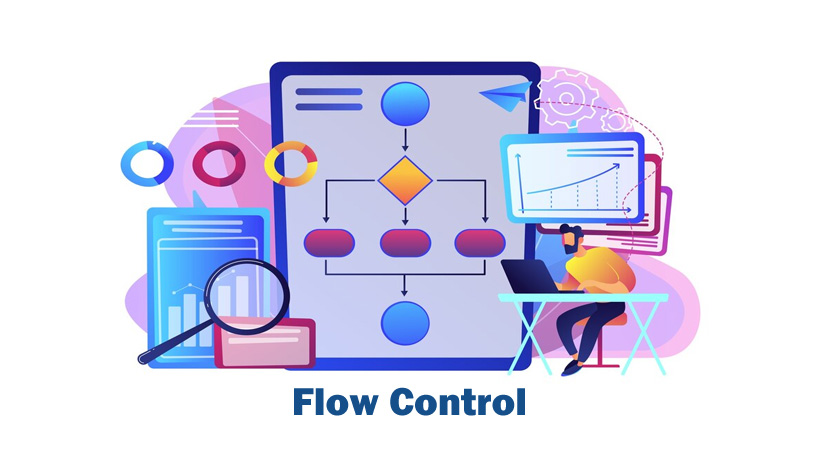Flow control is a process that will tell the sender how much data can be transmitted before it overwhelms the receiver system. Standard devices have limited speed and memory, so they cannot handle a high volume of data. The receiving device needs to get the information from this sending device to stop the transmission temporarily before the limits are reached. We’d like to know more about this control in this article.
Categories of Flow Control
The flow control is categorized into 2 types. Let us see what they are:
- Feedback-based control: In this process, the sender will transmit the data to the receiver. Then, the receiver will transmit data back to the sender. The data the center transmits is feedback or a process of telling the center how the receiver device processes the data.
- Rate-based control: The type of process the sender sends the data faster than the receiver’s capacity to will you hot receive it.
What are the Benefits of Flow Control?
This control has various benefits, such as:
- It helps in optimizing network performance by regulating the rate of data transmission. When you prevent unnecessary data from being transmitted and ensure proper resource utilization. The control will help maintain a high-performing and stable network.
- It will help in managing the flow of data between sender and receiver. It also helps in preventing data loss that can happen due to buffer overflow.
- By dynamically adjusting the data transmission rate based on network conditions, the flow control helps alleviate congestion. This will lead to a smoother network operation and improve overall effectiveness.
Conclusion
Flow control is essential in ensuring the reliability and efficiency of data transmission in various networking environments, from local area networks (LANs) to the Internet. Network performance can degrade without proper control mechanisms, leading to delays, packet loss, and reduced throughput.

